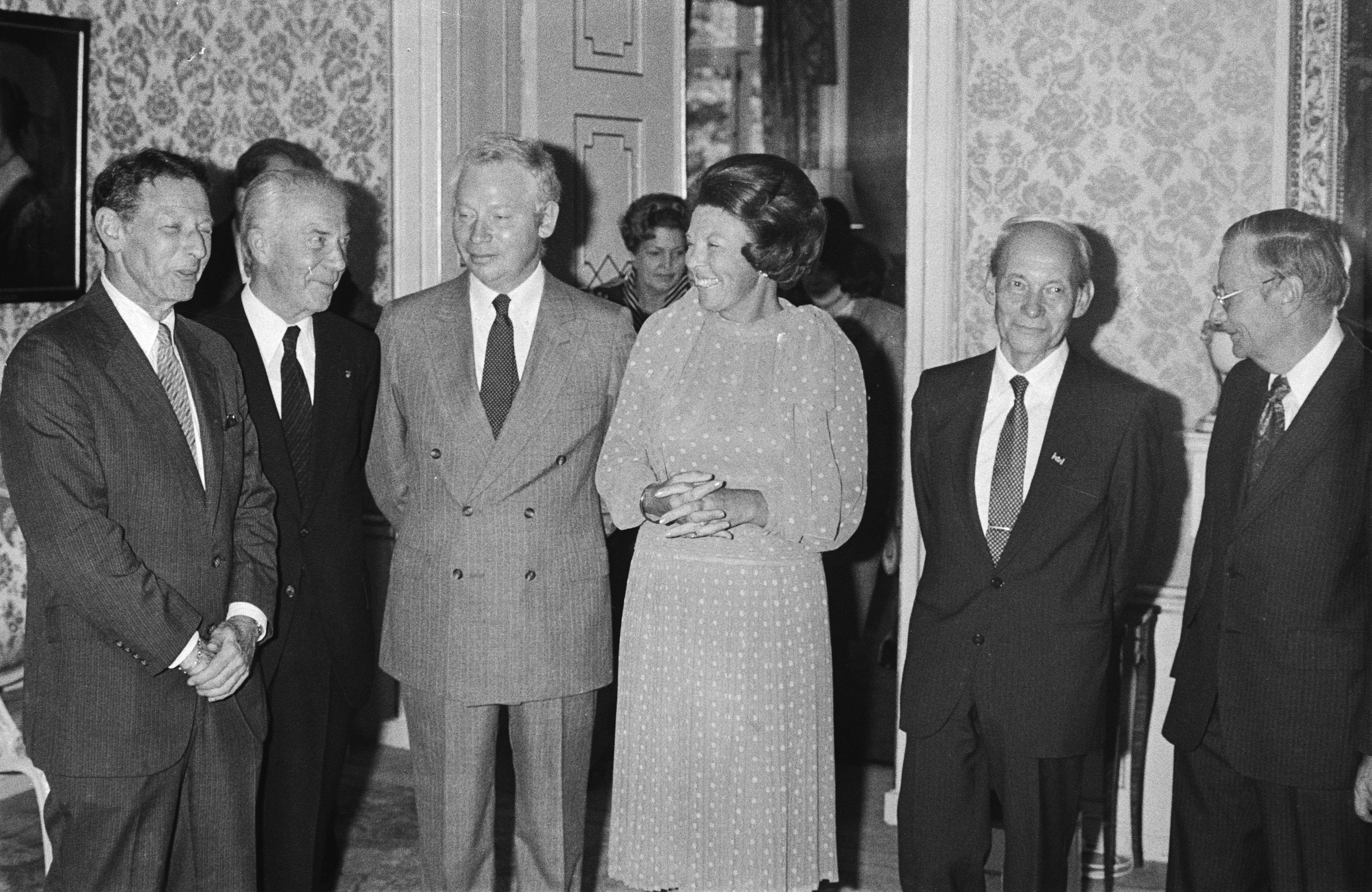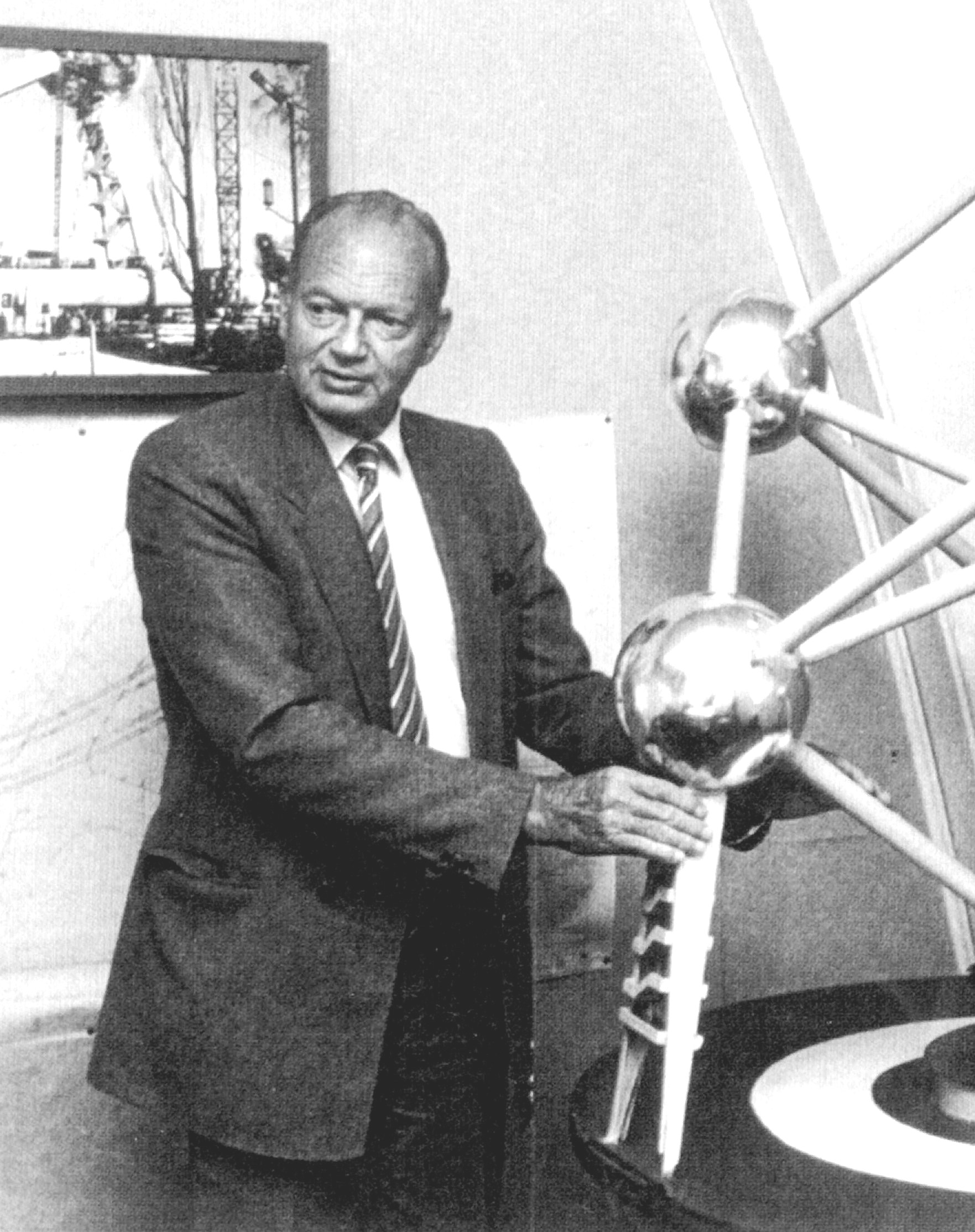|
1917 In Belgium
Events in the year 1917 in Belgium. Incumbents *Monarch: Albert I *Prime Minister: Charles de Broqueville Events * 1 May – Emilius Seghers consecrated as bishop of Ghent * 7–14 June – Battle of Messines (1917) *31 July – 10 November – Battle of Passchendaele (also called Third Battle of Ypres) *31 July – 2 August – Battle of Pilckem Ridge * 16–18 August – Battle of Langemarck (1917) * 20–26 September – Battle of the Menin Road Ridge *26 September – 3 October – Battle of Polygon Wood *4 October – Battle of Broodseinde *9 October – Battle of Poelcappelle *12 October – First Battle of Passchendaele *26 October – 10 November – Second Battle of Passchendaele Publications * Émile Cammaerts, ''Through the Iron Bars (Two Years of German Occupation in Belgium)'', with illustrations by Louis Raemaekers (London and New York, John Lane). * Hugh Gibson, ''A Diplomatic Diary'' (London, New York and Toronto, Hodder and Stoughton, 1917). * Arnold J. Toynbee ... [...More Info...] [...Related Items...] OR: [Wikipedia] [Google] [Baidu] |
Belgium
Belgium, ; french: Belgique ; german: Belgien officially the Kingdom of Belgium, is a country in Northwestern Europe. The country is bordered by the Netherlands to the north, Germany to the east, Luxembourg to the southeast, France to the southwest, and the North Sea to the northwest. It covers an area of and has a population of more than 11.5 million, making it the 22nd most densely populated country in the world and the 6th most densely populated country in Europe, with a density of . Belgium is part of an area known as the Low Countries, historically a somewhat larger region than the Benelux group of states, as it also included parts of northern France. The capital and largest city is Brussels; other major cities are Antwerp, Ghent, Charleroi, Liège, Bruges, Namur, and Leuven. Belgium is a sovereign state and a federal constitutional monarchy with a parliamentary system. Its institutional organization is complex and is structured on both regional ... [...More Info...] [...Related Items...] OR: [Wikipedia] [Google] [Baidu] |
Émile Cammaerts
Émile Leon Cammaerts CBE (16 March 1878 in Saint-Gilles, Belgium – 2 November 1953, Radlett, Hertfordshire) was a Belgian playwright, poet (including war poet) and author who wrote primarily in English and French. Cammaerts translated three books by art, history and landscape expert John Ruskin and selected G. K. Chesterton Father Brown detective stories in ''La clairvoyance du père Brown''. He became Professor of Belgian Studies at the University of London in 1933, most of his works and papers are held there in the Senate House Library. Cammaerts is the author of a famous quotation (often mistakenly attributed to G. K. Chesterton) in his study on Chesterton: Personal life Cammaerts was born in Saint-Gilles, a suburb of Brussels. He was educated at the University of Brussels and later at the experimental Université Nouvelle where he studied geography. He migrated to England in 1908 and was baptised as an Anglican at age 34 (c. 1912) henceforth taking the middle name Pi ... [...More Info...] [...Related Items...] OR: [Wikipedia] [Google] [Baidu] |
Christian De Duve
Christian René Marie Joseph, Viscount de Duve (2 October 1917 – 4 May 2013) was a Nobel Prize-winning Belgian cytologist and biochemist. He made serendipitous discoveries of two cell organelles, peroxisome and lysosome, for which he shared the Nobel Prize in Physiology or Medicine in 1974 with Albert Claude and George E. Palade ("for their discoveries concerning the structural and functional organization of the cell"). In addition to peroxisome and lysosome, he invented scientific names such as autophagy, endocytosis, and exocytosis in a single occasion. The son of Belgian refugees during the First World War, de Duve was born in Thames Ditton, Surrey, England. His family returned to Belgium in 1920. He was educated by the Jesuits at Our Lady College, Antwerp, and studied medicine at the Catholic University of Leuven. Upon earning his MD in 1941, he joined research in chemistry, working on insulin and its role in diabetes mellitus. His thesis earned him the highest universi ... [...More Info...] [...Related Items...] OR: [Wikipedia] [Google] [Baidu] |
André Waterkeyn
André Waterkeyn (23 August 1917 – 4 October 2005) was a Belgian engineer, born in Wimbledon, best known for creating the Atomium. Waterkeyn was the economic director of Fabrimetal (now Agoria), a federation of metallurgical companies when in 1954 he was asked to design a building for the 1958 World Expo that would symbolize Belgian engineering skills. Waterkeyn owned the copyrights of all reproductions of the Atomium until he passed it over to the organisation owning the original building around the years 2000. He was chairman of the board of the Atomium until 2002, when his son took over. He died in Brussels Brussels (french: Bruxelles or ; nl, Brussel ), officially the Brussels-Capital Region (All text and all but one graphic show the English name as Brussels-Capital Region.) (french: link=no, Région de Bruxelles-Capitale; nl, link=no, Bruss ... in 2005. After his death, the top sphere was named after him. van Capelleveen, R., 2011. André Waterkeyn (1917-2005) ... [...More Info...] [...Related Items...] OR: [Wikipedia] [Google] [Baidu] |
Catherine Stevens
Catherine Stevens (born 7 August 1917) was a Belgian athlete. She competed in the women's high jump at the 1936 Summer Olympics The 1936 Summer Olympics (German: ''Olympische Sommerspiele 1936''), officially known as the Games of the XI Olympiad (German: ''Spiele der XI. Olympiade'') and commonly known as Berlin 1936 or the Nazi Olympics, were an international multi-sp .... References External links * 1917 births Possibly living people Athletes (track and field) at the 1936 Summer Olympics Belgian female high jumpers Olympic athletes for Belgium Place of birth missing {{Belgium-athletics-bio-stub ... [...More Info...] [...Related Items...] OR: [Wikipedia] [Google] [Baidu] |
Charles Brahm
Charles Brahm (25 July 1917 – 26 May 2003) was a Belgian canoeist who competed in the 1936 Summer Olympics The 1936 Summer Olympics (German: ''Olympische Sommerspiele 1936''), officially known as the Games of the XI Olympiad (German: ''Spiele der XI. Olympiade'') and commonly known as Berlin 1936 or the Nazi Olympics, were an international multi-sp .... In 1936 he and his partner Clement Spiette finished ninth in the K-2 10000 m event. ReferencesCharles Brahm's profile at Sports Reference.com 1917 births 2003 deaths [...More Info...] [...Related Items...] OR: [Wikipedia] [Google] [Baidu] |
Albert De Cleyn
Albert de Cleyn (28 June 1917–13 March 1990) was a Belgian football player who became the first top scorer of the Belgian First Division with 40 goals in 1946 while playing for Mechelen. He played 12 times with the Belgian national team between 1946 and 1948. De Cleyn made his international debut on 19 January 1946 in a 2-0 friendly defeat to England. According to the RSSSF, during his career (1933-1955) he scored a total of 428 top league goals, which is the 5th best tally in European top league football, being bettered only by the likes of Josef Bican, Ferenc Puskas, Cristiano Ronaldo and Lionel Messi Lionel Andrés Messi (; born 24 June 1987), also known as Leo Messi, is an Argentine professional footballer who plays as a forward for club Paris Saint-Germain and captains the Argentina national team. Widely regarded as one of the .... References External links * 1917 births 1990 deaths Belgian footballers K.V. Mechelen players Belgium inter ... [...More Info...] [...Related Items...] OR: [Wikipedia] [Google] [Baidu] |
Jean Alexandre (cyclist)
Jean Alexandre (born 15 June 1917, date of death unknown) was a Belgian cyclist. He competed in the team pursuit event at the 1936 Summer Olympics The 1936 Summer Olympics (German: ''Olympische Sommerspiele 1936''), officially known as the Games of the XI Olympiad (German: ''Spiele der XI. Olympiade'') and commonly known as Berlin 1936 or the Nazi Olympics, were an international multi-sp .... References External links * 1917 births Year of death missing Belgian male cyclists Olympic cyclists for Belgium Cyclists at the 1936 Summer Olympics Place of birth missing {{Belgium-cycling-bio-1910s-stub ... [...More Info...] [...Related Items...] OR: [Wikipedia] [Google] [Baidu] |
Raymond Laurent
Raymond Ferdinand Louis-Philippe Laurent (16 May 1917 – 3 February 2005) was a Belgian herpetologist, who specialized in African and South American amphibians and reptiles. He published more than 200 scientific articles and book chapters. Several species have been named after him, most recently ''Phymaturus, Phymaturus laurenti'' in 2010. Additional species of reptiles named in his honor include ''Chironius laurenti'', ''Liolaemus, Liolaemus laurenti'', and ''Mehelya, Mehelya laurenti''.Beolens, Bo; Watkins, Michael; Grayson, Michael (2011). ''The Eponym Dictionary of Reptiles''. Baltimore: Johns Hopkins University Press. xiii + 296 pp. . ("Laurent", p. 152). References Further reading * ''(First page freely available online, remainder available to subscribers only)''. 1917 births 2005 deaths Belgian herpetologists 20th-century Belgian zoologists {{zoologist-stub ... [...More Info...] [...Related Items...] OR: [Wikipedia] [Google] [Baidu] |
Michel Donnet
Michel G. L. "Mike" Donnet, (1 April 1917 – 31 July 2013) was a Belgian pilot who served in the Belgian Army and British Royal Air Force (RAF) during the Second World War. He shot down four enemy aircraft confirmed, and achieved the RAF rank of wing commander. After the war, he returned to the Belgian Air Force, and held several important commands before retiring in 1975. Second World War On 1 March 1938, he joined the ''Aviation Militaire Belge'' (Belgian Army Air Force). On 26 March 1939, he was commissioned as sergeant-pilot, and on 1 March 1940 he signed for a further three years' service. Donnet flew Renard R.31 reconnaissance aircraft with the 9/V/1Aé ( 9th Escadrille of the First Aviation Regiment) at Bierset. After the German invasion on 10 May 1940, he flew sorties during the 18-day campaign. On 1 June 1940, he was taken POW (Prisoner of war) by German ground forces when Belgium capitulated, and he was held in camps in Germany and France. On 10 January 1941, he was ... [...More Info...] [...Related Items...] OR: [Wikipedia] [Google] [Baidu] |
Jan Verroken
Jan Verroken (30 January 1917 – 24 July 2020) was a Belgian politician. Biography Born on 30 January 1917, Verroken served as burgomaster of Oudenaarde, President of the Christelijke Volkspartij in the Belgian Parliament, and a Deputy for the Oudenaarde constituency. He was also a member of the European Parliament and served on the Benelux Parliament. Verroken was detested in Wallonia, the francophone part of Belgium. During the Split of the Catholic University of Leuven Flemish students chanted "Walen buiten" (Walloons out), a slogan coined by Verroken. The university was split into the KU Leuven KU Leuven (or Katholieke Universiteit Leuven) is a Catholic research university in the city of Leuven, Belgium. It conducts teaching, research, and services in computer science, engineering, natural sciences, theology, humanities, medicine, ... and the Université catholique de Louvain. In a 2016 interview with Pierre Havaux, Verroken minimized his role in these events, a ... [...More Info...] [...Related Items...] OR: [Wikipedia] [Google] [Baidu] |
Leon Van Der Essen
Leon van der Essen (1883–1963) was a Belgian historian, professor at the Catholic University of Leuven. In 1946 he testified about the German occupation of Belgium at the Nuremberg trials, the only Belgian witness called. Life Van der Essen was born in Antwerp on 12 December 1883, the son of a painter-decorator. After graduating from a Jesuit secondary school in Antwerp he studied in Leuven under Alfred Cauchie, obtaining his doctorate in 1907 with a thesis on the lives of Merovingian saints. He became Cauchie's teaching assistant. In 1910 he married Gabrielle Callebert. Together they were to have three sons. During the First World War he spent time at the University of Oxford, King's College, London, and the University of Chicago in 1914–1916, lecturing on Belgian history with a propaganda brief from the Belgian government in exile in Le Havre. He enlisted in 1916, but was seconded to the foreign ministry's propaganda service. After the war he was an adviser to the Belgian ... [...More Info...] [...Related Items...] OR: [Wikipedia] [Google] [Baidu] |

